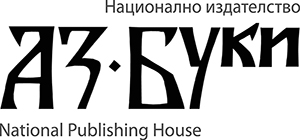George Totkov
University of Plovdiv “Paisii Hilendarski”
Hristina Kostadinova
New Bulgarian University
https://doi.org/10.53656/str2023-4s-3-eva
Abstract. Creating criteria, qualitative and quantitative indicators used at evaluation and accreditation of objects in higher education, based on the so called “criteria systems”, along with methodologies and procedures, requires analysis of concrete problems. Ten basic problems of the accreditation system in the Bulgarian higher education system are presented in this work. Some problems followed by changes in the Higher Education Law, according to which the work of the Higher Education Institutions, standing committees, and groups of external reviewers at NEAA raised by 50%. Aiming to reduce the number of activities and overcoming
the subjectivity when the accreditation grades and recommendations are formed, it
is necessary to create common model of a criteria system and to design a software
platform (in the form of the electronic platform of the NEAA), used to plan and
conduct the corresponding procedures. Effective solutions to the main problems
and the reduction of the workload of the accreditation procedures are possible, only
based on the accelerated digitalization of higher education. Common elements of
the model of the criteria system and the corresponding digital platform are based on
solutions, not all of them unambiguous, of the discussed problems.
Keywords: accreditation of higher education; qualitative and quantitative indicators; digitalization of the higher education; criteria system model; digital
platform of NEAA


